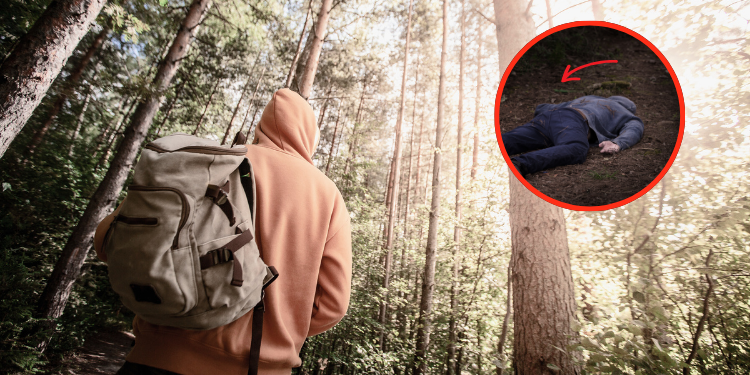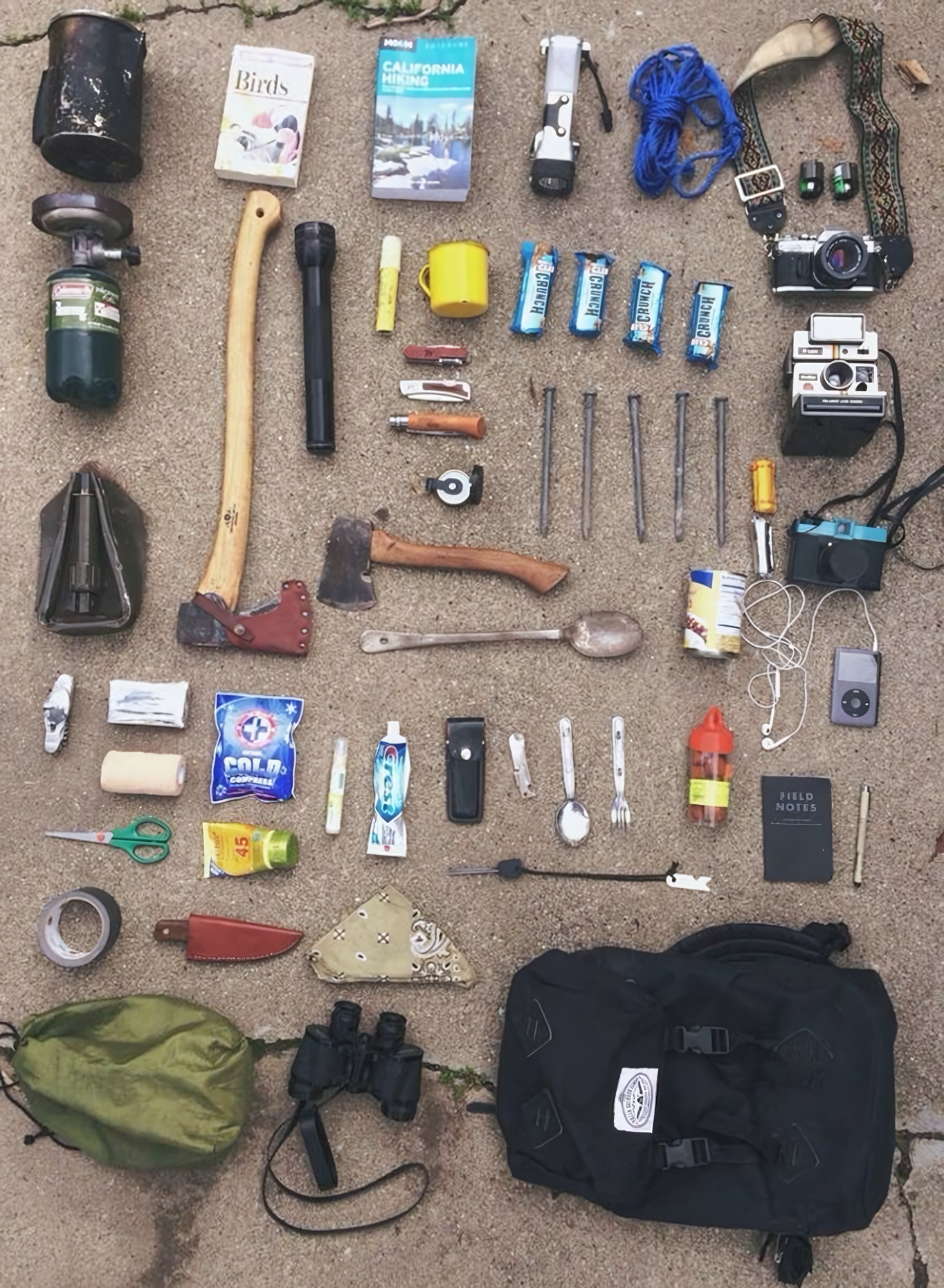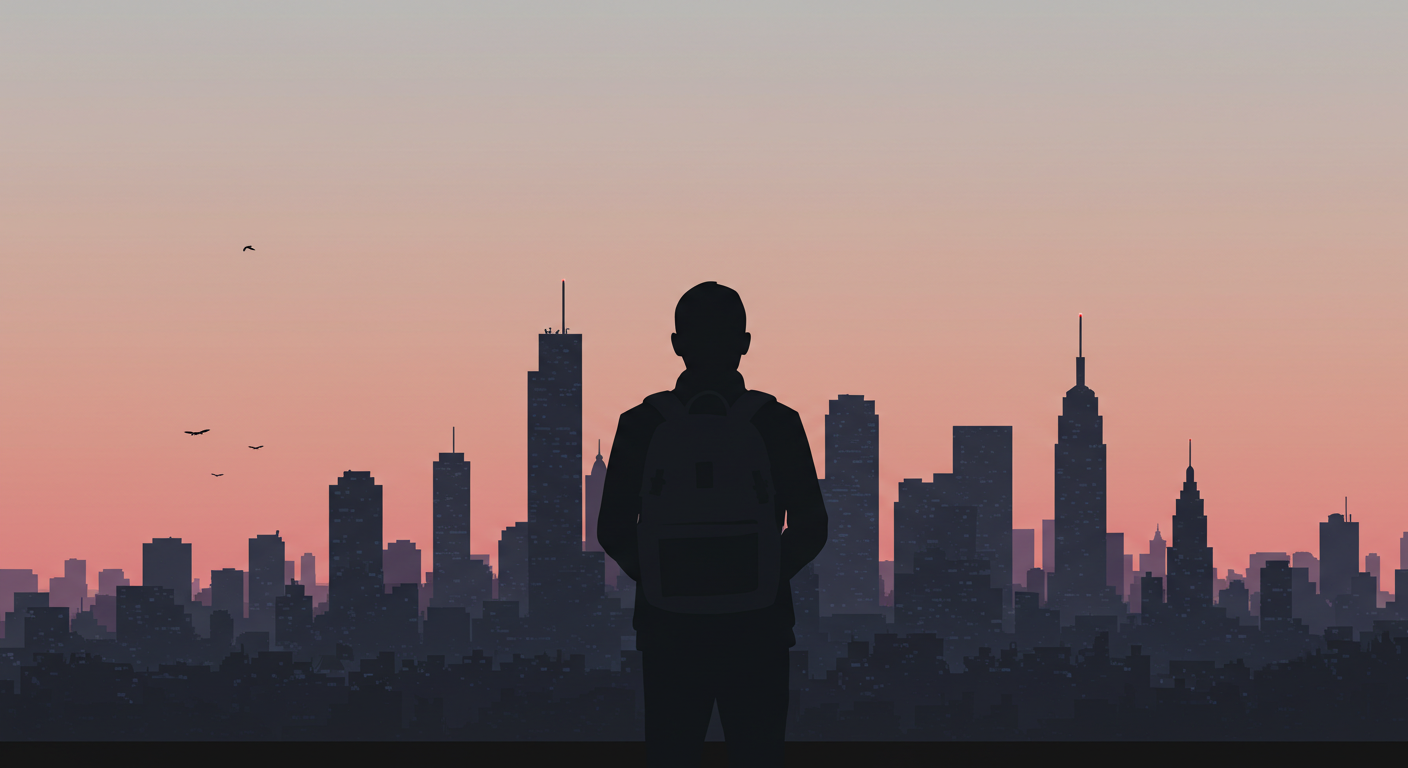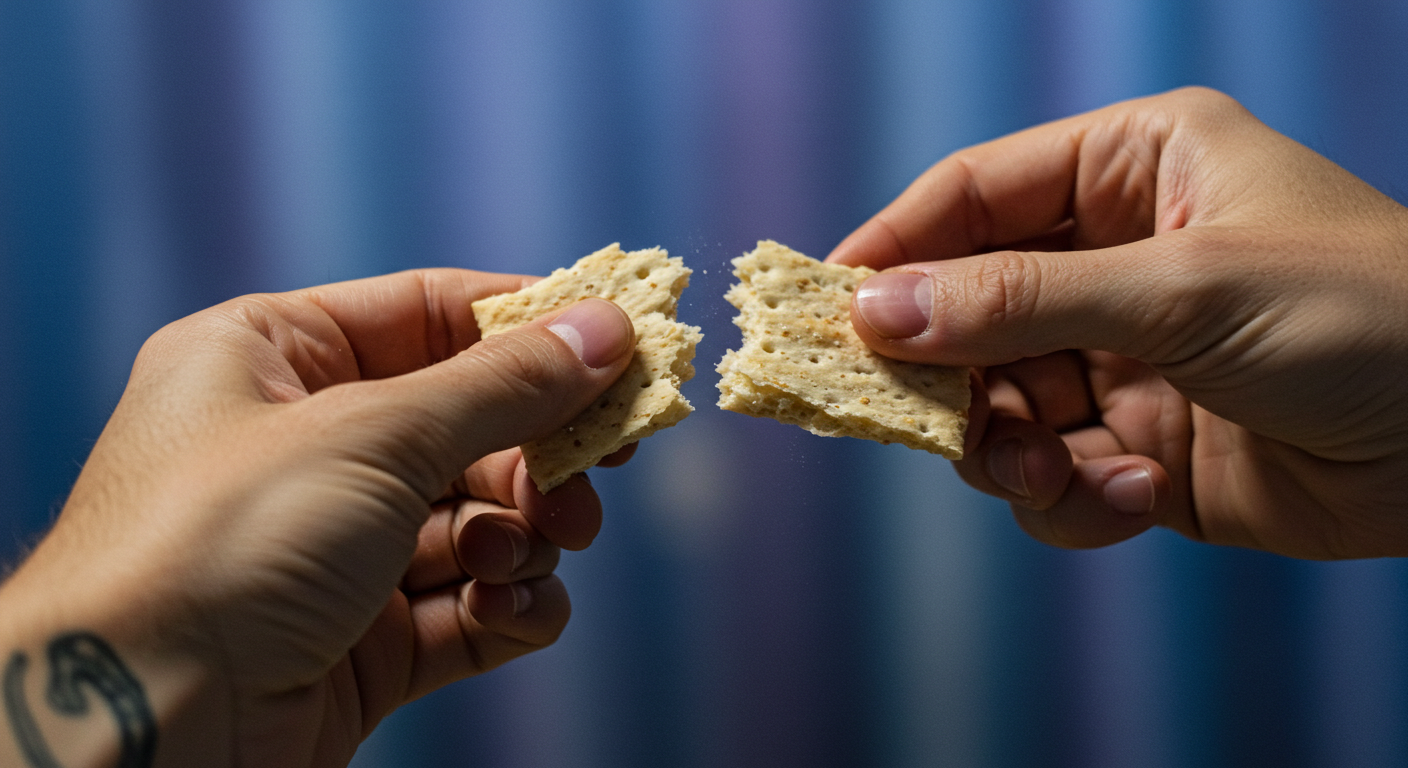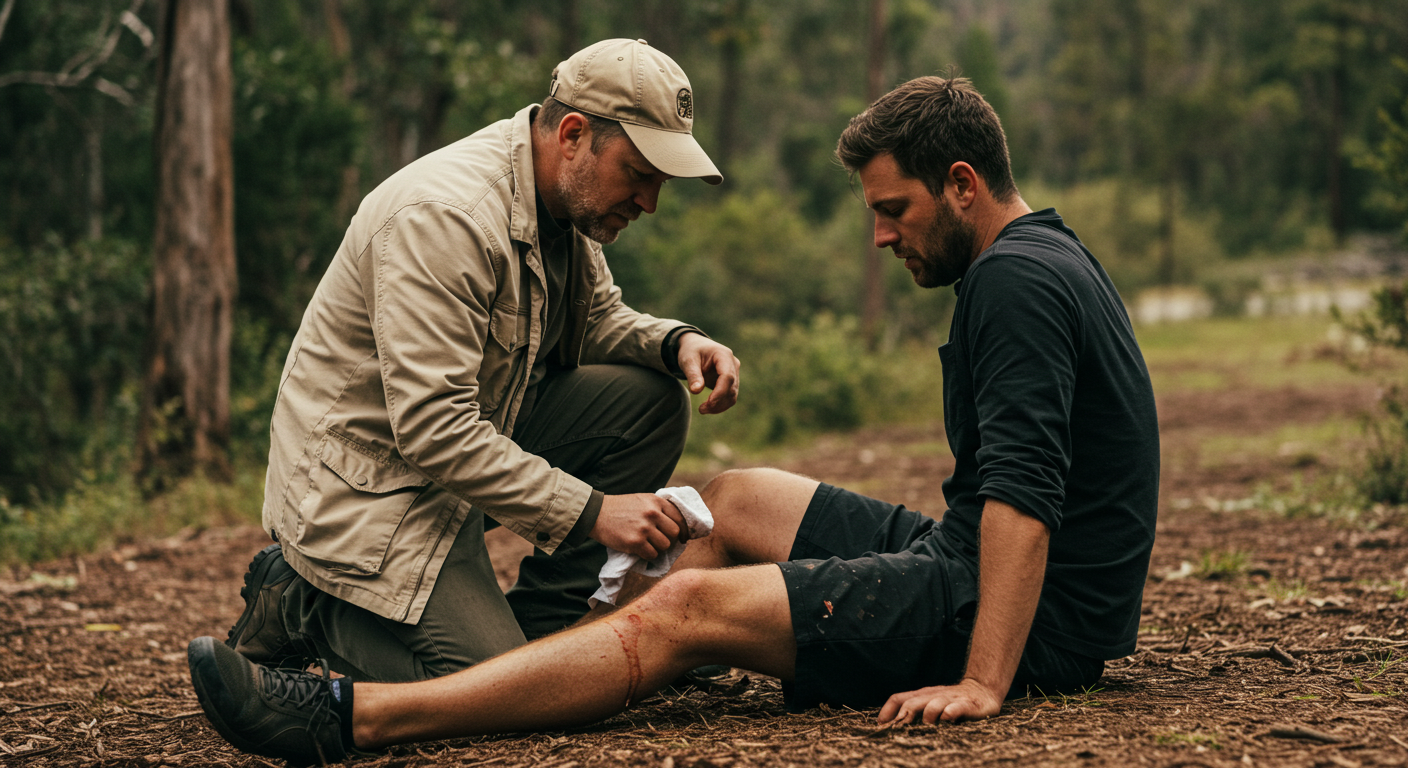Spending two weeks alone in the woods was a challenge I hadn’t faced before. After 15 years in the Army and a lifetime of hiking, I thought I knew what “roughing it” meant. But this was different—no mission, no end goal, just the simple, brutal task of surviving and staying comfortable. It was a humbling experience that taught me some valuable lessons about the reality of living outdoors.
Shelter is More Important Than You Think
When you think of survival, your mind probably jumps to food and water. But after a single night of cold, cutting wind, I realized a good shelter is what truly keeps you alive. I went in with a basic tarp setup, thinking I’d have a shelter built in ten minutes. I was wrong. The first two nights were a lesson in what not to do.
The biggest takeaway was that location matters. That cozy-looking low spot might seem sheltered, but it quickly becomes a puddle when it rains. I had to shift my entire camp uphill and re-anchor everything. A simple lean-to with a windbreak, positioned just right, made all the difference. I even rigged a heat reflector from logs and rocks to bounce warmth from my fire back into the shelter. You can survive for weeks without food, but a single cold, wet night without proper shelter can end the game.
Everything Takes Time
Part of the appeal of living in the wild is the simplicity, but that simplicity comes at a price. In modern life, we can put a meal in the oven and do other things while it cooks. That’s not how it works in the woods. When you cook over a fire, you have to monitor it constantly. If dinner takes 30 minutes, that’s 30 minutes you can’t spend on anything else.
Every task is a time sink. I spent 20 minutes a day collecting and purifying water, and by the end, I was spending two hours or more just on firewood. Washing clothes in a stream also took time. I quickly learned to be realistic about how much I could accomplish in a day.
Firewood and Water are a Constant Challenge
I was surprised by how quickly my firewood dwindled. I spent the first day gathering all the dry, dead wood I could find, but that pile disappeared in just a few days. Picking up fallen branches is only a temporary solution. For long-term survival, you have to cut timber and let it season. I also realized that a big, roaring fire is a luxury. A smaller fire with a reflector built behind it will keep you just as warm while saving precious fuel.
Water was another struggle. Even though I carry more than most hikers—a three-liter hydration system and two one-liter bottles—I found myself refilling my containers at the stream at least once, and usually twice, a day. That ate up a lot of time I could have spent on other tasks. If you’re staying somewhere for more than a few days, you need a larger container to save yourself from constant trips.
This became painfully clear on day nine. Under a hot sun, I underestimated how much I was sweating. I tried to stretch my nearly empty bottles, and by late afternoon, I was dizzy and lightheaded. When I stood up and nearly blacked out, I knew I was in trouble. The stream was only ten minutes away, but it felt like a marathon. In that moment, survival trumped everything, and I drank straight from the unpurified water. It was a brutal lesson: you can have all the gear in the world, but if you don’t respect your body’s limits, it’s all for nothing.
Foraging Isn’t Easy
I didn’t expect to live off the land entirely, but I did want to supplement my rations and test my foraging skills. It was humbling. I found some wild edibles like berries, greens, and nuts, but the effort-to-reward ratio was brutal. Some days I spent over an hour searching for what amounted to maybe 200 calories.
And it’s risky. I saw mushrooms I recognized from a guidebook but didn’t dare touch. One mistake could be fatal. The best use of foraging is as a supplement, not a primary food source. It’s a skill you need to practice beforehand, not when you’re already starving.
Daylight is Your Friend
Without electricity, your day effectively begins at dawn and ends at sunset. It’s hard to understand what a difference electric light makes until you’re without it. When the sun goes down, most activities stop. I quickly learned to prioritize tasks that needed to be done in daylight. Foraging for firewood was a daytime task, but cutting and stacking it could be done by firelight.
Attention to Detail Matters
Outdoors, you can’t let things slide. At home, leaving dishes in the sink is just untidy. In the woods, it’s an open invitation for animals to visit your camp. You have to wash up immediately. Every task is the same; you can’t afford to delay cleaning, repairing, or even packing things away. In the woods, loose gear has an amazing ability to vanish, so you learn to put things away as soon as you’re done with them.
Final Thoughts
Looking back, one thing is crystal clear: there’s no such thing as a lazy day in the woods. Staying warm, dry, fed, and hydrated demands most of your daylight hours, and daylight itself is a precious resource. Survival, after all, is about discipline, planning, and adapting to whatever the environment throws at you—day after day, without backup.
